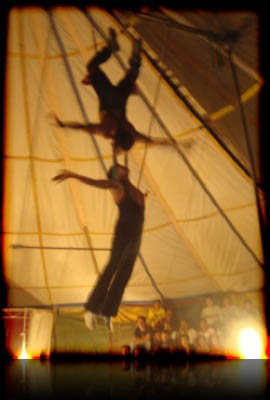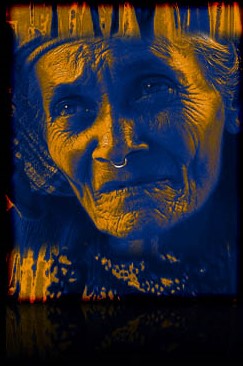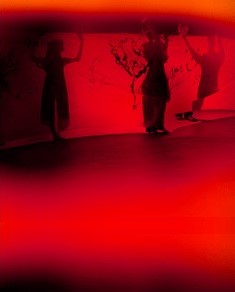Simulacra
DOI:
https://doi.org/10.25071/1913-5874/37386Abstract
Simulacra represents the culmination of research project exploring spatial and environmental similarities called Mixed-Reality Machinima. The work considers the phenomenological similarities between Grand Theft Auto IV and New York City. Mixing live footage shot in NYC with real-time-rendered video game footage and Second Life footage is what defines this mixed-reality experimental film genre. All research was completed under the supervision and guidance of Dr. David Harris-Smith in the New Media and Communications Masters program at McMaster University.
Machinima as a film genre is still young, and while it resonates within gaming culture it has created minimal impact outside of this informed community. However its potential to create film quickly, creatively, and effectively make it a powerful and underutilized tool. What differentiates machinima from computer animation is the production process. An animation production each scene is rendered by a computer in stages, Cinematography, lighting, environments and characters develop slowly, until a scene is ready for final rendering and that output is what the audience experiences. Machinima production more closely resembles a film set, where the environment, lighting, and characters are always rendering in real-time, like a video game. Characters move and interact in real time by joystick, keypad, or keyboard and the screen view is recorded directly and edited, and that output is what the audience experiences. The final work can take many forms, the mixed reality prefix indicates the addition of real footage with rendered footage yet retains filmic conventions. Simulacra resides within and explores the constraints of cinematic practice as described by filmmaker and academic Leo Berkeley (as cited in Horwatt, 2008). With research into film production practice, low and micro budget filmmaking, improvisation, and machinima, Berkeley is a foremost expert on the subject. The narrative and cinematic devices employed in Simulacra directly and intentionally connote filmic expectations; these devices are no less derivative than the content. The work in Berkely's terminology would be less avant-garde and more experimental, as the construct devising it is contrary to normal film making techniques. The work relies directly on them for privilege; just as a frame or a plinthe contextualize art from the world, film and filmic narratives derive contextuality from cinematic devices. Thus the intention in Simulacra has been to employ them openly, strategically allowing the widest possible entry within the media landscape the work is designed to inhabit. In this way the work is meant to test/potentialize a viewership outside of the informed machinima audience. The term 'mixed reality' carries the connotation of referential multiplicity and the contextuality/phenomenology of reality. By 'mixing' them there is an indication that there can be more than one; which intentionally problematizes the distinction between the real and the non-real. This multiplicity creates an interesting reference to fact vs fiction, and whether ideologically there is a disjuncture in mixing them. It is this disjointed effect of multiplicity that Simulacra means to creatively consider.
References
Horwatt, E. (2008). New media resistance: machinima and the avant-garde. Cineaction 73/74.





